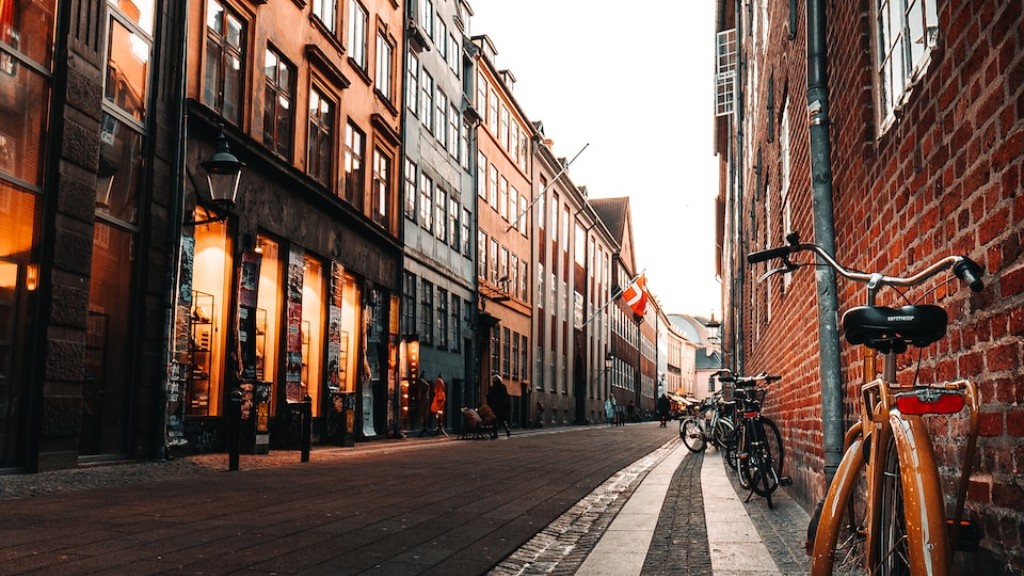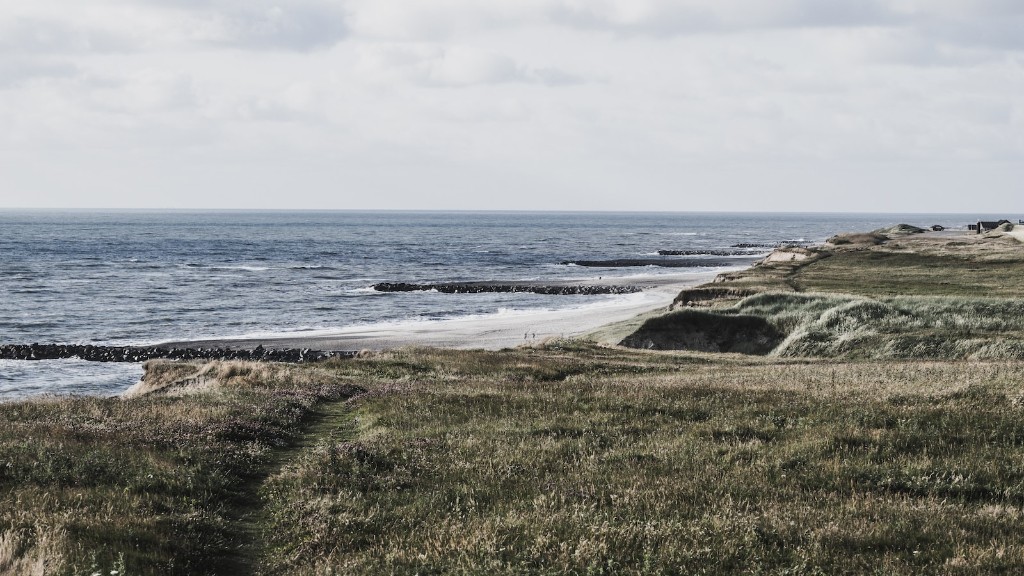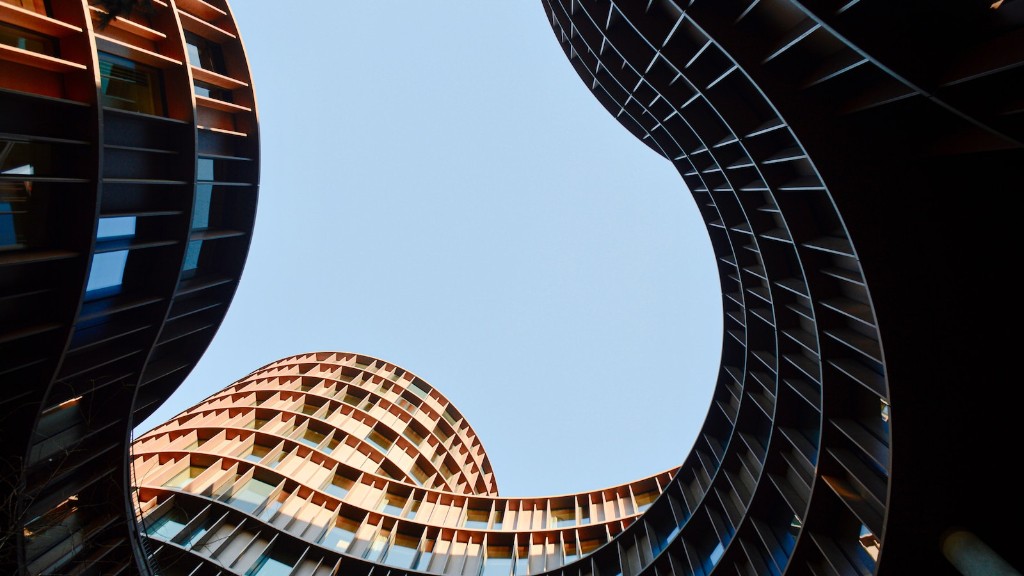Denmark is a constitutional monarchy, with a long and rich history that dates back centuries. The country’s monarchy is one of the oldest in Europe, and its family tree includes several notable figures who have shaped Denmark’s past and present. In this article, we will explore the Denmark monarchy family tree, providing background information, relevant data, perspectives from experts, as well as our own insights and analysis.
The current reigning monarch of Denmark is Queen Margrethe II. She ascended to the throne in 1972 and has been a beloved figurehead of the Danish people ever since. Queen Margrethe II was born on April 16, 1940, in Copenhagen, and she is the eldest daughter of King Frederick IX and Queen Ingrid. She is the first female monarch to reign over Denmark since Queen Margrethe I in the 14th century, making her a significant historical figure.
Queen Margrethe II married Prince Henrik in 1967, and they had two sons, Crown Prince Frederik and Prince Joachim. Unfortunately, Prince Henrik passed away in 2018, leaving behind a lasting impact on the Danish royal family. Crown Prince Frederik is next in line to the throne and will become the future king of Denmark after Queen Margrethe II’s reign.
The royal family tree expands as we explore the lineage of Queen Margrethe II. Her father, King Frederick IX, was the son of King Christian X and Queen Alexandrine. King Christian X was known for his heroic actions during World War II, where he became a symbol of resistance against the German occupation. His reign brought stability and unity during a challenging time for Denmark.
Aside from the direct lineage, the Danish royal family tree is also filled with interesting branches. One of the most notable members is Prince Henrik, Queen Margrethe II’s late husband. Born in France, he brought a multicultural perspective to the Danish monarchy and actively supported cultural initiatives throughout his life. His passing deeply affected the Danish people and highlighted the importance of love and companionship within the royal family.
Experts often emphasize the significance of monarchical systems in providing stability and continuity to a country. Denmark is no exception. The monarchy acts as a unifying force, with Queen Margrethe II playing a crucial role in fostering a strong sense of national identity. The royal family’s engagements, ceremonies, and public appearances not only serve as sources of national pride but also contribute to the country’s cultural and economic development.
Queen Margrethe II’s Legacy
As the longest-serving Danish monarch, Queen Margrethe II has left a lasting legacy on the country. She is not only an accomplished artist, with paintings and illustrations published under the pseudonym “Ingahild Grathmer,” but also a respected figurehead who has represented Denmark on numerous international occasions.
Queen Margrethe II’s reign has been marked by an unwavering commitment to her role as the head of state. Her tireless efforts to maintain strong diplomatic ties and promote Danish culture have garnered her immense respect both domestically and abroad.
Moreover, Queen Margrethe II’s dedication to environmental sustainability and advocacy for social justice causes have made her a beloved and relatable figure to many Danes. She has been actively involved in various initiatives that tackle climate change and support disadvantaged communities, further strengthening her position as a progressive and compassionate monarch.
The Future of the Denmark Monarchy
Looking ahead, the future of the Denmark monarchy holds promising potential. Crown Prince Frederik, the next in line to the throne, has already proven himself as a capable and dedicated member of the royal family.
Crown Prince Frederik’s marriage to Princess Mary, an Australian-born commoner, introduced an international perspective to the Danish monarchy. Their union symbolizes the monarchy’s ability to adapt and remain relevant in a rapidly changing world.
The couple has four children, Prince Christian, Princess Isabella, Prince Vincent, and Princess Josephine, who add to the growing future generation of the Danish royal family. Their upbringing focuses on instilling values of responsibility, service, and an understanding of global issues, ensuring they will be prepared to continue the legacy of the Denmark monarchy.
Conclusion
The Denmark monarchy family tree encompasses a rich history and an exciting future. From Queen Margrethe II’s reign to the skilled and forward-thinking Crown Prince Frederik, the Danish royal family plays a vital role in shaping the country’s identity and maintaining stability. As Denmark continues to embrace change and face the challenges of the modern world, the monarchy stands as a symbol of tradition, unity, and national pride.
Sources:
– The Official Website of the Danish Monarchy
– BBC: “Denmark’s Queen Margrethe – 40 years on the throne”
– The Guardian: “Denmark’s royal ructions”
– Denmark.dk: “The Danish monarchy”




